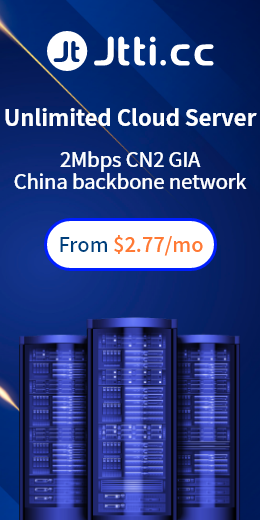At present, there is an increasing need to access international resources, optimize transnational business or break through geographical restrictions, and overseas nodes such as vps and CDN nodes have become the core tools to achieve these goals. Whether it is the localized operation of cross-border e-commerce, the seamless viewing of streaming media platforms, or the cross-border collection of scientific research data, the purchase of appropriate overseas nodes and correct configuration directly affects the efficiency and cost. How to rent overseas nodes?
Step 1: Specify the requirements and node type selection
The first is about core application scenario positioning. For enterprise demand, cross-border e-commerce requires multinational IP to achieve localized pricing, inventory synchronization and advertising. Cross-border collaboration ensures real-time video conferencing and cloud document synchronization with low-latency nodes. Data acquisition high-frequency crawlers need dynamic residential IP pools to avoid anti-crawling mechanisms.
Individual user needs such as streaming media to unlock regional content access on platforms such as Netflix and Hulu; Access limited resources such as Google Scholar and IEEE for academic research; Privacy protects anonymous browsing and encrypted communications.
The second is the node type and protocol matching. VPS (Virtual Private Server) advantages Full control, can build their own agents, build private networks. Application Scenario Long-term stability and high requirements for user-defined configuration. WireGuard (high performance) and Open (high compatibility) are recommended. The benefits of CDN nodes are accelerated content distribution, reduced source load and static resource hosting for global user access.
Finally, the regional selection strategy. Streaming unlocked: Priority target content locations, such as the United States (Netflix), Japan (Abema TV). Business compliance GDPR requires EU data to be stored locally, and nodes in Germany and the Netherlands must be selected. Delay optimization Select the closest physically located node using a Ping Test tool such as Cloudflare Speed Test. For example, users in Southeast Asia prefer Singapore or Hong Kong nodes, and latency can be controlled within 50ms.
Step 2: service provider selection and cost control
Start by evaluating the dimensions from enterprise service providers. Network performance Test the Tier 1 network coverage of IP (e.g. HE.net, Cogent). Provide SLA (Service Level Agreement) to guarantee 99.9% online rate and failure response time. Data sovereignty in Compliance support confirms that the vendor supports data localization (such as AWS's Local Zones). Legal Compliance Check the privacy policy for compliance with CCPA, GDPR and other regulations.
Scalable capabilities include elastic bandwidth, on-demand upgrades to avoid service interruptions caused by service surges, and multi-node management: provides a unified control panel to deploy nodes in batches.
Cost optimization techniques can be discounted through long-term contracts, and annual payments are usually 20% and 40% less than monthly payments. Idle resources such as VPS can be used for both web hosting and proxy services to share costs.
Step 3: Node configuration and performance tuning
1. VPS self-built agent real combat
System selection: Ubuntu 22.04 (complete community support), AlmaLinux (enterprise-level stability).
Security hardening: Enable firewall (UFW) : Enable only necessary ports (SSH and proxy ports).
Key login: Disables password authentication to prevent brute force cracking.
2. Efficient use of proxy services
Browser integration: Chrome plug-ins (such as SwitchyOmega) to achieve rules of distribution, domestic direct connection, foreign agents.
Global route configuration:
Windows: Proxifier force-specifies application traffic.
Linux: iptables + ipset implements intelligent routing.
IP rotation strategy:
API call: Periodically change IP through the vendor interface (e.g. Luminati API).
Automation tool: Python script + scheduled task management IP pool.
3. Configure the CDN acceleration
Domain name resolution: Points the CNAME record to the CDN service provider (such as Cloudflare's NS record).
Cache rules:
Static resources (images, CSS) : Set the cache duration to 30 days.
Dynamic content (API interface) : Disable cache or set 5-minute expiration.
Performance monitoring: Use GTmetrix and WebPageTest to test the loading speed and adjust the node distribution.
Overseas nodes are not only the key to unlocking the global network, but also the infrastructure for corporate globalization strategies and personal digital freedom. Through clear requirements, scientific selection, fine configuration and continuous optimization, users can maximize node value and achieve efficient, secure and low-cost global connectivity under the premise of compliance.

 EN
EN
 CN
CN









